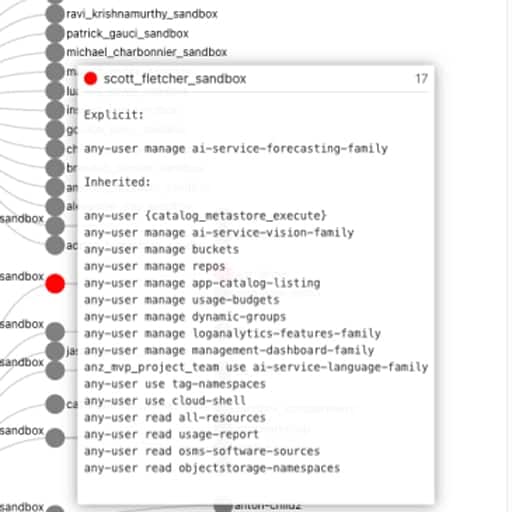The dominant workplace issue of 2024 was the return to the office with some of the world’s most powerful chief executives shifting millions of workers back into the office.
But for chief technology officers, the situation will not get materially simpler. A critical mass of employees are still at home and will stay there enough days per week to ensure that proper cybersecurity management of remote workforces remains a critical issue.
The ongoing challenges of remote work
Remote work security challenges are multifaceted and require a comprehensive approach to mitigate risks effectively. Some of the most pressing challenges include unsecured home networks, phishing attacks, use of personal devices, data protection and privacy, and software and system vulnerabilities.
Remote workers are not entirely unique in the challenges they attract from a cybersecurity perspective, but the practice does tend to encourage certain strategies from cyber criminals, such as malware and ransomware, man-in-the-middle attacks, credential theft and distributed denial of service attacks.
Strategies for Enhancing Cybersecurity in Remote Work
To address the cybersecurity challenges in remote work, businesses must implement a multi-layered approach. There are eight major pieces, in our view:
- Establish a Comprehensive Remote Work Policy
Develop a clear and comprehensive remote work policy that outlines security protocols and best practices. This policy should cover aspects such as the use of personal devices, data protection, and secure communication channels.
- Implement Strong Authentication Mechanisms
Employ multi-factor authentication (MFA) to verify the identity of remote workers. MFA adds an extra layer of security by requiring additional verification steps beyond just a password.
- Use Virtual Private Networks (VPNs)
Encourage remote workers to use VPNs to create a secure and encrypted connection to the company’s network. VPNs help protect data transmitted over potentially insecure networks.
- Regular Security Training and Awareness
Conduct regular cybersecurity training sessions to educate employees about the latest threats and how to recognise and respond to them. Awareness is a critical component of a robust cybersecurity posture.
- Enforce Strong Password Policies
Implement and enforce strong password policies that require complex and unique passwords. Encourage the use of password managers to securely store and manage passwords.
- Keep Software and Systems Updated
Ensure that all software, systems, and applications used by remote workers are regularly updated to the latest versions. This helps patch vulnerabilities and protect against exploits.
- Secure Collaboration Tools
Utilise secure collaboration tools that offer end-to-end encryption and robust security features. Tools like secure messaging apps and video conferencing platforms should be vetted for security before being widely adopted.
- Monitor and Respond to Threats
Implement continuous monitoring of remote work environments to detect and respond to potential threats in real-time. Use advanced threat detection and response solutions to mitigate risks promptly.
- Backup and Recovery Plans
Develop comprehensive backup and recovery plans to ensure that data can be restored in the event of a cyber incident. Regularly test these plans to validate their effectiveness.
Our role
IT managers play a pivotal role in implementing and maintaining cybersecurity measures for remote work and to provide assurances to management that want to maintain strong work from home privileges to their workforces.
Their responsibilities must continue to prioritise assessing and mitigating risks, conducting risk assessments to identify vulnerabilities in remote work setups and implement measures to address them. They must also implement security solutions: Deploy security solutions such as firewalls, anti-malware software, and intrusion detection systems to protect remote work environments.
Support and guidance must also continue to be extended to remote workers on cybersecurity best practices and respond to security incidents promptly. And remote work practices must continue to comply with relevant regulations and industry standards, such as GDPR or HIPAA, to protect sensitive data.
What to expect in 2025
The importance of cybersecurity in remote work cannot be overstated. While businesses continue to grapple with a potential shift back to the office, we are never going back to the ‘old days’.
By implementing robust cybersecurity measures, business owners and IT managers can ensure the safety and security of their remote workforces, safeguarding sensitive data and maintaining operational continuity.






